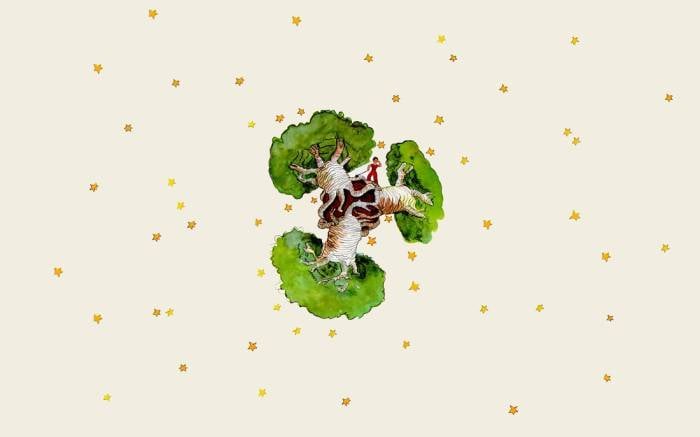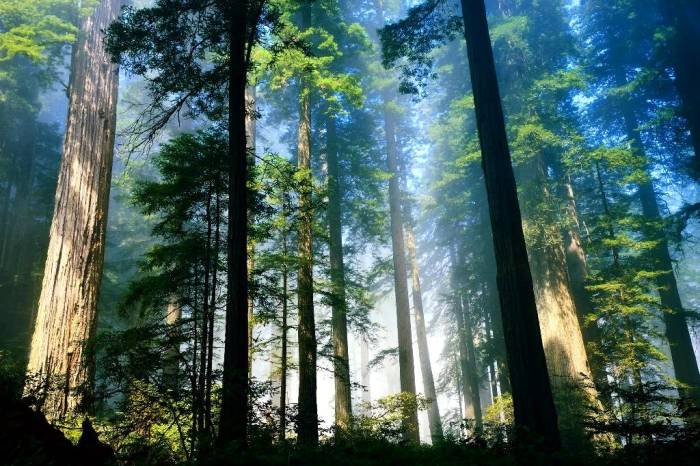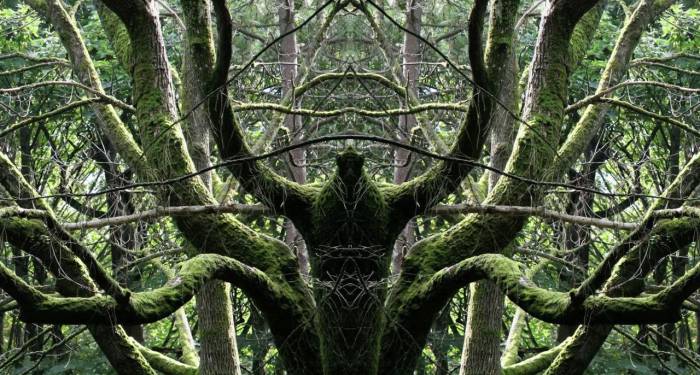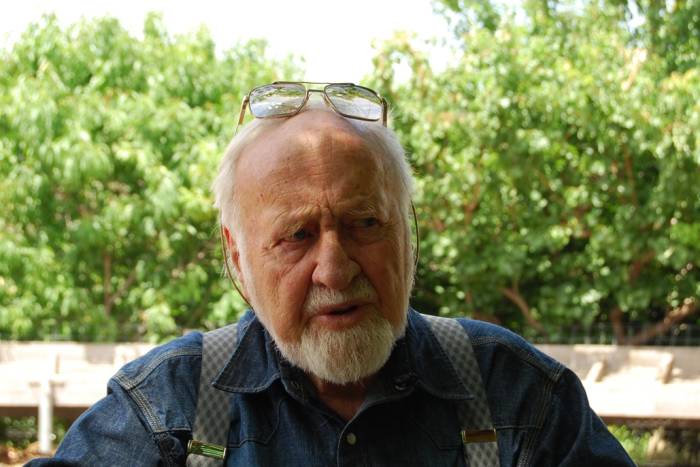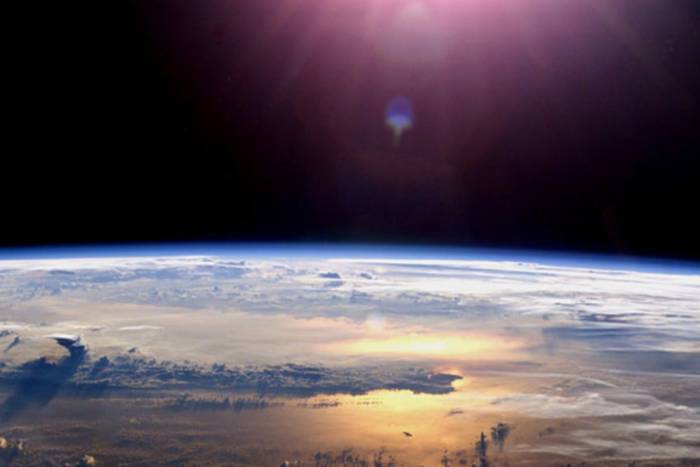Geodesic Biodomes, a Tour Through a Perfect Model
In the cold mountains of Colorado, a geodesic greenhouse was tested and the result was an abundant production throughout the year.
First of all, we must remember that every single geodesic dome on Earth is a tribute to Bucky Fuller, and the one that was built in Colorado by the permaculturist Breigh Peterson, stands out among the most beautiful ones. The structure extends for about 15 metres, in the shape of a geodesic dome that was tested in the merciless Colorado weather to see how much it could produce in a single year — and its journey is delightful.
With barely a year in existence, this dome is already producing enough food for the entire year, since within it all the imaginable sustainable energy is employed, and its circular shape allows for the space —which is quite limited for a greenhouse— to unfold, so that fruits and vegetables grow on the walls, ceilings and the garden’s floor.
Additionally, the team of gardeners built elevated spaces using sacks of sand, that give the place a feminine and organic tone due to the curves they created. Flowers sprout here and there among celery, marigolds, and basil, with the sole purpose of creating a harmonising environment, and also, so that the producers can enjoy a beautiful landscape.
The north of the greenhouse has reflectors that shelter the plants during the summer and that keep them warm during the winter, water tanks with fish that moisten and give oxygen to the air inside the dome. They also have ventilation spaces that open automatically depending on the temperature.
It’s quite surprising to see the amount of food that can grow in such a limited space. No space is wasted there; each triangle of the dome has a purpose and the plants appear to be happy on their planet.
What this project tries to prove —and actually does prove— is that the so-called “relocalisation” system in which members of the community can produce, sell and buy among themselves, is the world’s future. This garden in Colorado will produce enough food so that the community can stop buying foreign goods and additionally feed exclusively on organic produce. Although this utopia might not be a possibility for all, or has not yet extended around the world, this process can be accelerated more each time through these sorts of efforts.
Related Articles
Why shrinking the size of life is synonymous of well-being
One of the great misunderstandings regarding modern spirituality is that to achieve it requires many things: readings, food, exercise, travel, groups and techniques. But perhaps it should be suggested
What is energy medicine yoga?
Energy Medicine Yoga (EMYoga) is slightly different from other types of Yoga, but it provides the same benefits in addition to a few very specific ones. One of them is that it gives you much more in
Red tea, the best antioxidant beverage on earth
Red tea is considered to be the most unusual of teas because it implies a consistently different preparation process. ––It is believed that its finding came upon surprisingly when traditional green
Is the internet on the verge of self-awareness?
More than 50 years ago, Marshall McLuhan described technology as an extension of our brains, constantly mutating and branching out. “These new media have made our world into a single unit,” the
How art can help us to age, healthy
Perhaps many of us already well know the formula for aging in health and wellness. A balanced diet and, as much as possible, one that’s natural. Keep our brains active and stimulated. Preserve and
Earthanima: documenting the living language of nature
The basic intuition that the Earth is alive and that nature has a language through which it communicates with us is what prompted this wood-art project named Earthanima. For the past couple of years
Dialogue with the Dalai Lama on science and spirituality
The Dalai Lama has been interested in science since he was a child. Over the years he’s visited many laboratories and has attended conferences that discuss consciousness from the scientific point of
Brian Eno's literary recommendations to rebuild society
Artists and authors often get asked what books or records they’d take with them to a deserted island. On principle, this is naturally an extreme anthology: urgency and tragedy guide its selection. It
Bill Mollison, natural ideologue and father of permaculture
Permaculture has established itself as a path towards communitarianism, but one that is in full symbiosis with nature. In practice, it is more than just a combination of agriculture, horticulture
A New Year's resolution for the earth
Worrisome quantities of waste are generated by human populations. Especially in cities, these have reached unprecedented and alarming levels. A largely uncontrolled practice, it affects everything on

